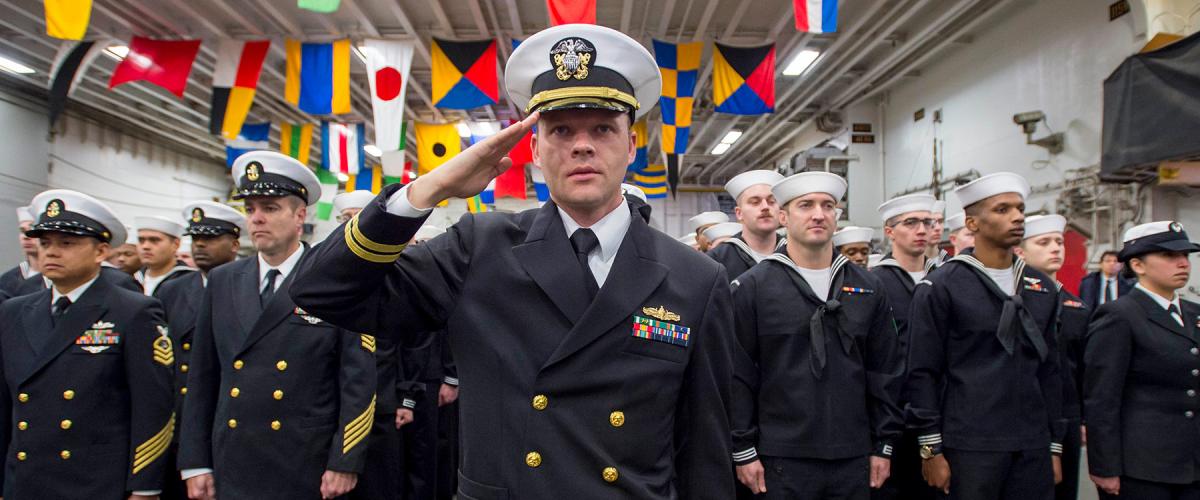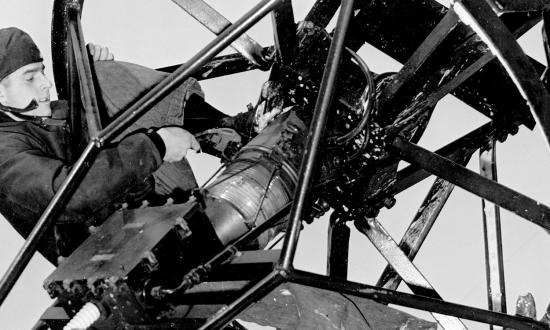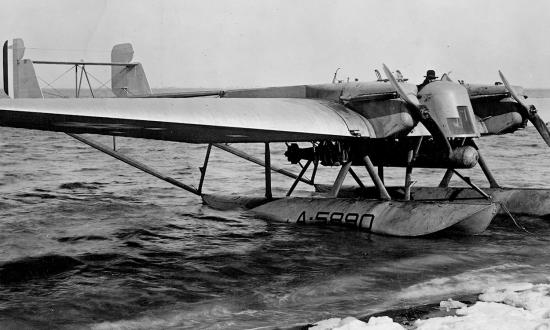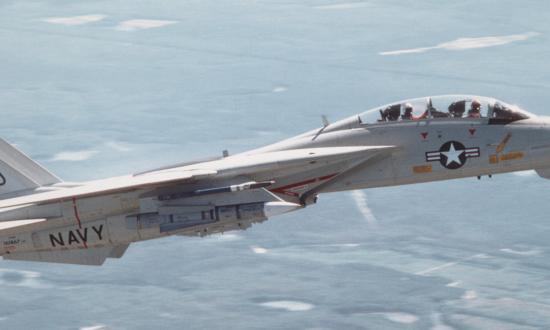December 1922 Proceedings—In “Destroyer Experiences During the Great War,” Captain J. K. Taussig, U.S. Navy, picks up his squadron’s tale in Queenstown, Ireland. “A reasonable time after the destroyers arrived, the six commanding officers . . . proceeded to the Admiral’s house.” Captain Evans introduced Taussig to Admiral Bayly. “Bayly’s first words were: ‘Captain Taussig, at what time will your vessels be ready for sea?’ Taussig replied, ‘I shall be ready when fueled.’ Bayly then asked, ‘Do you require any repairs?’ Taussig answered, ‘No sir.’ ‘Do you require any stores?’ ‘No sir!’”
December 1972 Proceedings—In “When Am I Committed to a Collision,” Lieutenant Jotham M. Myers, U.S. Naval Reserve, wrote, “The skill and judgement necessary to maneuver a vessel safely through potentially dangerous situations is for the most part left to those officers who have become qualified OODs. . . . Unfortunately, [their] experience level today is decreasing. The World War II crop of ship-handlers has pretty much moved on. . . . Manpower reductions have lowered the number, also. Ship movements are being reduced to those necessary to maintain readiness, thus shortening the hours available to the junior officers for underway watch training.”
December 1997 Proceedings—Master Chief Electronics Technician John Hagen, more than five years Master Chief Petty Officer of the Navy, wrote on “Honoring Tradition.” “We recently revised the Sailor’s Creed for all hands who ‘proudly serve my country’s Navy combat team with Honor, Courage, and Commitment.’ [That,] in combination with Secretary of the Navy John Dalton’s action designating ‘Sailor’ as a proper noun (always capitalized when describing a service member), has given us a new strength. Our proudest title is neither Chief nor Admiral; our first pride and greatest strength is being a Sailor—a new tradition which will take us forward together.”
A. Denis Clift
Golden Life Member






